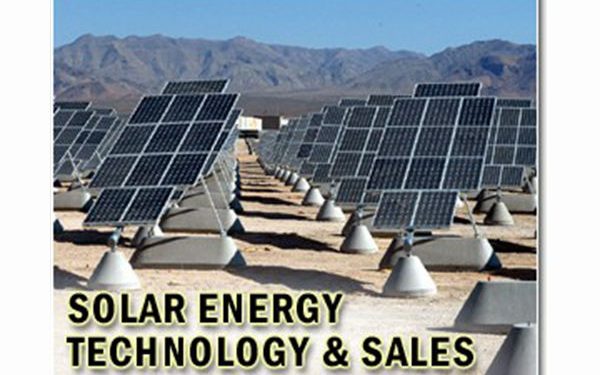Politecnico di Milano explores global potential of agrivoltaics for land use harmony
by Erica Marchand
Paris, France (SPX) Apr 23, 2025
A research team from the Politecnico di Milano has presented new insights into how agrivoltaic systems could resolve growing tensions over land use between agricultural production and solar energy development. Led by Maddalena Curioni, Nikolas Galli, Giampaolo Manzolini, and Maria Cristina Rulli, the study demonstrates that integrating photovoltaic panels with crop cultivation can significantly mitigate land-use conflict while maintaining food output.
Published in the journal Earth’s Future, the study highlights that between 13% and 16% of existing ground-mounted solar installations have displaced former farmland, underscoring the competition for arable land. In contrast, the researchers propose that deploying agrivoltaic systems on between 22% and 35% of non-irrigated agricultural land could enable dual use without substantially affecting crop yields.
Using a spatial agro-hydrological model, the researchers simulated how 22 crop types respond to varying degrees of solar shading from photovoltaic panels. Their simulations covered a broad range of climates and geographies, generating a global suitability map for agrivoltaic deployment. The results underscore the feasibility of this approach in many regions, especially those with compatible crops and moderate solar intensity.
“Agrivoltaics cannot be applied everywhere, but according to our results, it would be possible to combine cultivation and energy production in many areas of the world without significant reductions in yield,” said Nikolas Galli, researcher at the Glob3Science Lab and co-author of the study.
Giampaolo Manzolini, professor in the Department of Energy, noted additional benefits: “Using the land for both cultivation and photovoltaic systems increases overall output per occupied surface area while reducing production costs. In addition, installing crops underneath the photovoltaic panels reduces the panel operating temperature and increases their efficiency.”
“This technology could help reduce land competition while improving the sustainability of agricultural and energy systems,” added Maria Cristina Rulli, who coordinated the research.
The team emphasizes that their findings could inform strategic policy decisions and investment strategies aimed at maximizing land productivity while supporting both food security and renewable energy goals.
Research Report:Global Land-Water Competition and Synergy Between Solar Energy and Agriculture
Related Links
Politecnico di Milano
All About Solar Energy at SolarDaily.com

















